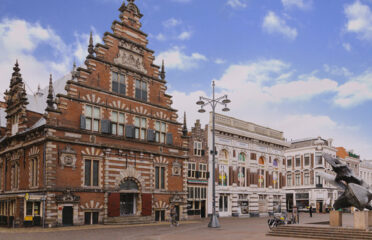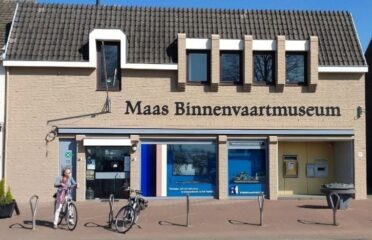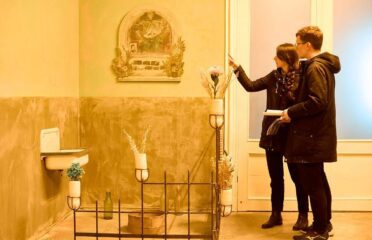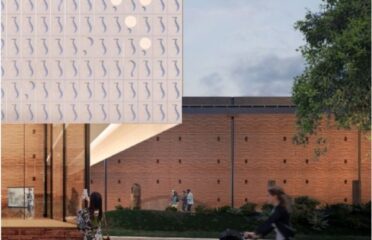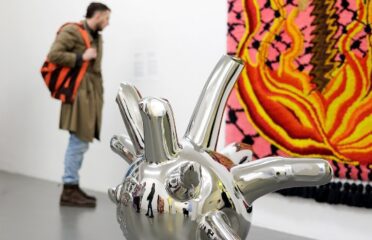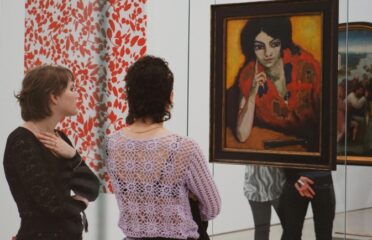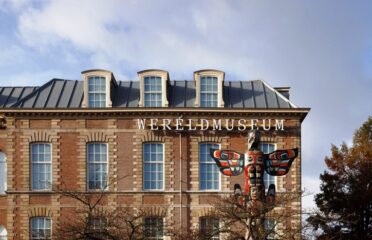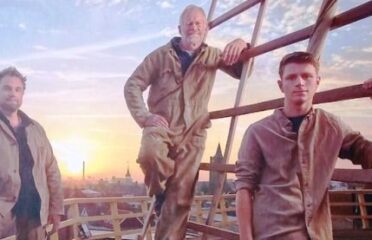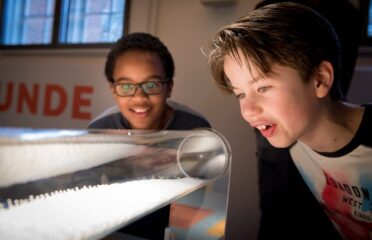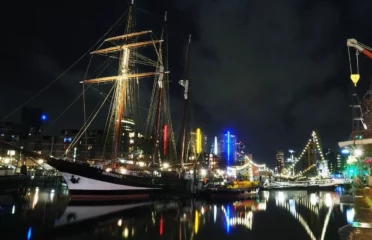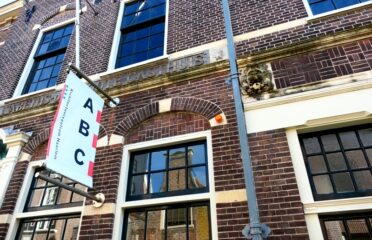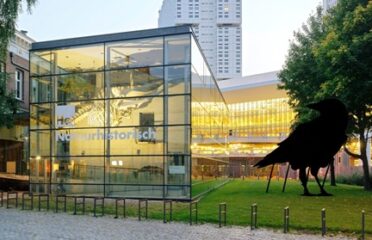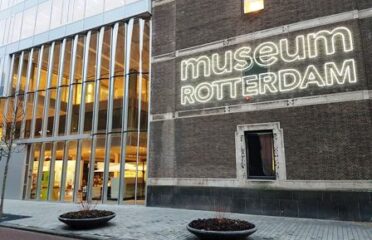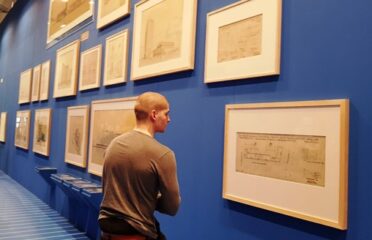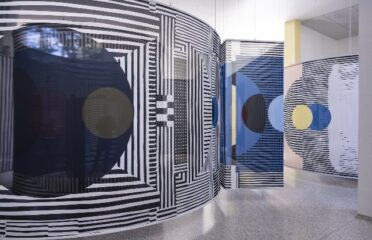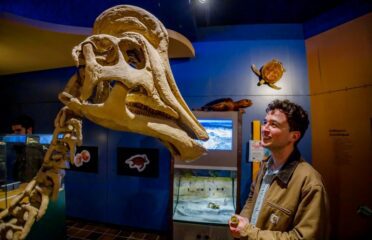Maas Binnenvaartmuseum
Far away from all the oceans or large industrial cities lies the largest inland port in the Netherla
Marres, House for Contemporary Culture
Experience contemporary culture at Marres, located in a historic building in the heart of Maastricht
Mariniersmuseum
The coolest museum in the Netherlands. About the world of Marines and Marines in the world.
Belasting & Douane Museum
The museum wants to give people insight into the how and why of paying taxes, one of the major pilla
Kunstinstituut Melly
Founded in 1990, the institution was conceived as an art house with a mission to present and discus
Natural History Museum Rotterdam
The Natuurhistorisch Museum Rotterdam is a natural history museum in Rotterdam in the Netherlands.
Het Nieuwe Instituut
Nieuwe Instituut is the home of Dutch architecture, design and digital culture.
Natuurhistorisch Museum Maastricht
The Natural History Museum Maastricht is the museum about nature in Limburg; now and then.
Shall we order some empanadas?
Beautiful empanadas, who have created spontaneous gatherings in homes beaches or parks with flavours for all tastes, from the classic with meat to vegan, vegetarian and even sweet for dessert.
This fascinating and small portable edible wonder has to enter the homes of the Amsterdammers to stay.






